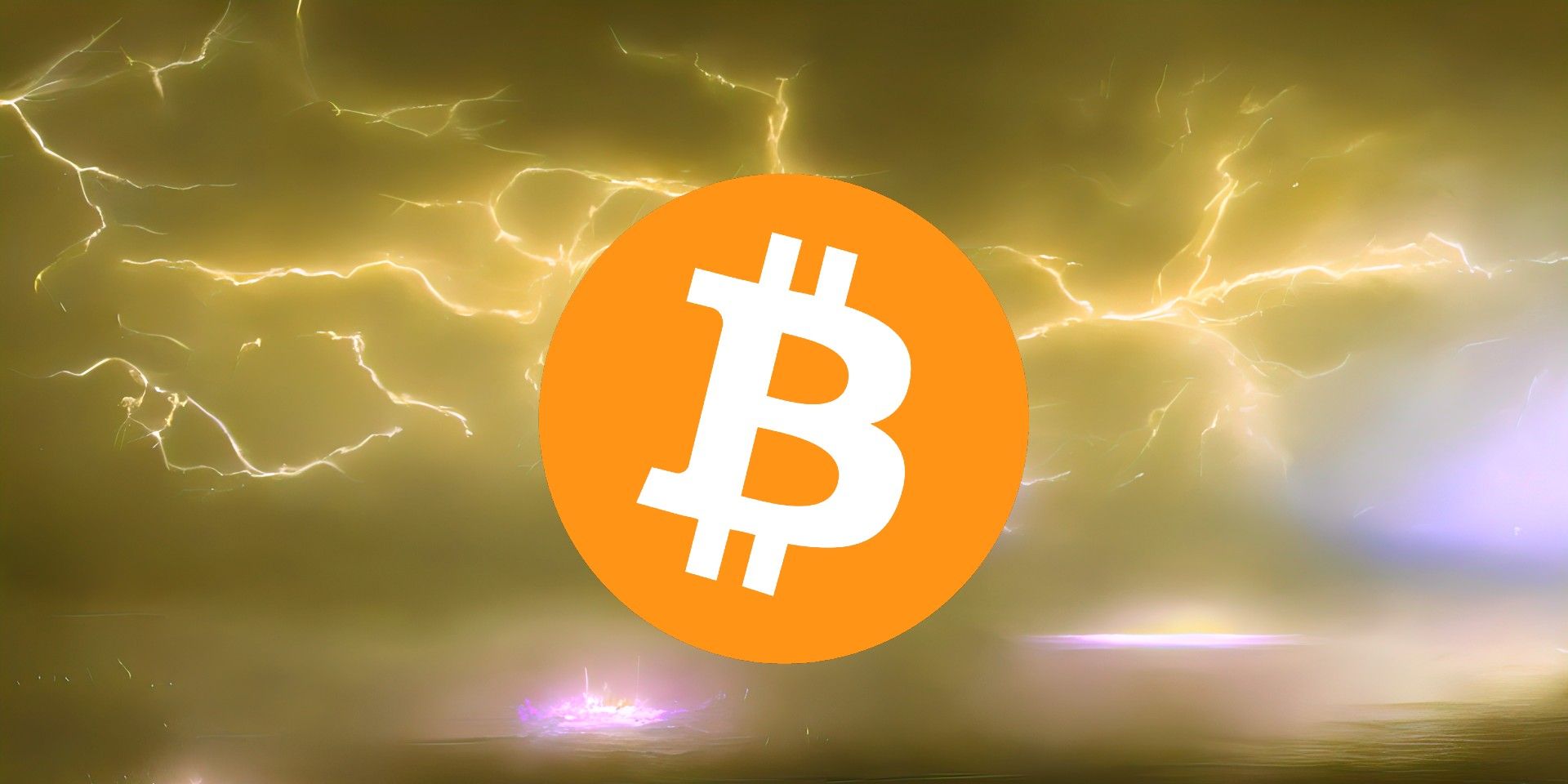Bitcoin’s main network is very slow and expensive to use. The Lightning Network is built on Bitcoin to provide cheap and fast BTC transfers.
The Bitcoin Lightning Network was created to fix Bitcoin‘s scaling problem. Bitcoin has problems efficiently handling large transaction volumes, which results in high transaction fees and long wait times. Blockchains like Bitcoin often struggle to balance the three desirable blockchain properties of decentralization, security and scalability and often rely on ‘Layer-2’ networks to enhance their scalability.
Bitcoin’s creator, Satoshi Nakamoto, identified this problem in 2013 and proposed a solution involving off-chain payment channels between recipients. In this design, BTC would be deposited into an off-chain network where individuals could open payment channels and send invoices to each other without dealing with the blockchain. Individuals could then withdraw their BTC from the network and back into their Bitcoin wallets after everything is settled. An off-chain network would be capable of sending small amounts of BTC (such as that required for a coffee) almost instantly with no blockchain gas fees, whereas an on-chain BTC transaction can take up to an hour to settle fully and can cost an unpredictable (and sizable) amount of BTC in gas fees.
CoinTelegraph describes the Lightning Network as similar to Satoshi’s design, where participants deposit their BTC into the network’s BTC wallet after opening an account. Once they have an account, then they can open payment channels with other accounts on the network and send or receive invoices through the payment channels. Once the parties close their payment channels, the final balances are sent as a single transaction to the Bitcoin network, which is then settled by the Bitcoin miners and added to the blockchain’s history. The result is a second-layer scaling solution that allows for microtransactions that avoid the congestion of the blockchain while leveraging its security.
Lightning Network Fixes Bitcoin’s Problems, But Also Has Its Own
The biggest advantage of the Lightning Network is that it makes BTC transactions fast and cheap. Because all transactions are processed through an off-chain network and only settled when accounts are closed, they occur almost instantly and with next to no fees. This makes BTC useful for microtransactions and payments, allowing it to be used for its intended purpose as digital cash.
The downside of the Lightning Network is that it presents inconveniences, opportunities for scams and a few bugs. For example, users must pay a ‘routing fee’ when opening a new payment channel, and they cannot withdraw partial funds from a payment channel without closing the entire channel. This makes cashing out Bitcoin more difficult. There is also the ability for a Bitcoin scammer to commit fraud by closing a payment channel when their victim is offline. Lightning Network also suffers from stuck payments, which can take days to clear up. Finally, Lightning Network may run into issues with regulators due to its anonymity, as all transactions are anonymous due to them taking place off the blockchain.
The Lightning Network has seen greater adoption recently, with implementations from giants like Twitter and Cash App. While issues are being worked out, the result is far superior to Bitcoin’s base layer for basic transactions that people use every day. Because Bitcoin suffers from glacial speed and can turn a $5 coffee payment into a $55 bill, Lightning Network is vastly beneficial for BTC’s adoption as an alternative payment method that allows Bitcoin to fulfill Satoshi Nakamoto’s original vision.
Source: CoinTelegraph






